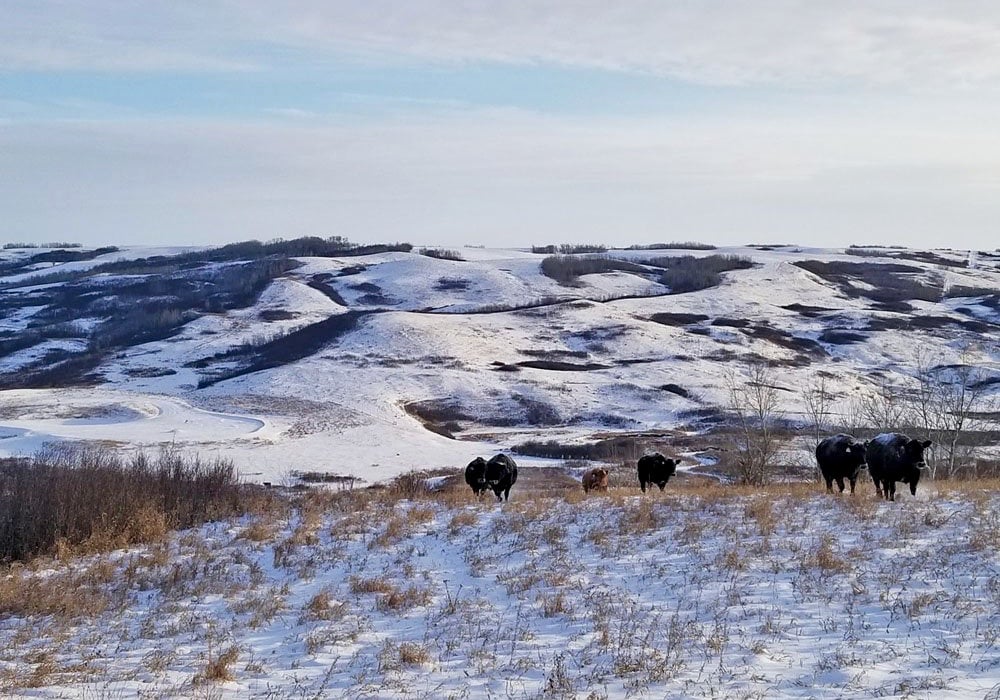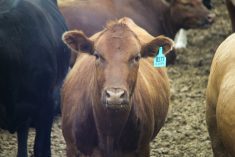The Beef Cattle Research Council is expanding the grazing management section of its website. This example, which has been slightly condensed, was posted on the website last month.
Effective grazing management on pastures not only ensures high forage yield, sustainability, animal health, and productivity — all of which impact cost of production, it also benefits the pasture ecosystem.
An effective management plan requires clear understanding of forage production, realistic production goals, effective grazing strategies, and a timely response to forage availability and environmental changes. Managing grazing lands so that they are productive and persist over time requires knowing when to graze certain species, if they can withstand multiple grazings/cuttings within a single year, and how much recovery time is needed to prevent overgrazing.
The efficiency with which plants convert the sun’s energy into green leaves and the ability of animals to harvest and use energy from those leaves depends on the phase of growth of the plants. Plants go through three phases of growth that form an ‘S’-shaped curve.
The timing of the growth curve for each forage species is unique. For example, crested wheatgrass begins growth relatively early in the growing season while native grass species grow later in the season.
Rest is key to prevent overgrazing and must occur when the plants are actively growing, not during dormancy. The length of time that a plant needs to recover following grazing depends on several factors including, the type of forage species, plant vigour, level of utilization, season/time of year (which determines conditions such as day length and temperature), fertility, and moisture.
A grazing plan matching animal numbers to predicted forage yields should be carried out before animal turnout. An important first step is defining goals and objectives for the entire grazing operation, such as profitability measures, lifestyle choices, and biological outcomes (soil health, forage production, ecosystem impacts, and animal performance).
When developing a grazing system, paddock shape should be determined by the topography, soil type, and species differences to reduce problems with uneven grazing and varying recovery time. The size of individual paddocks should be determined by the projected herd size based on forage production potential and preferred stock density to keep the frequency of cattle moves consistent. Generally, square paddocks offer more uniform forage utilization and better manure distribution compared to long narrow shapes.
Read Also

Dennis Laycraft to be inducted into the Canadian Agricultural Hall of Fame
Dennis Laycraft, Executive Vice President of the Canadian Cattle Association, is one of this year’s inductees into the Canadian Agricultural Hall of Fame. Laycraft was nominated for his many contributions to the cattle industry.
















